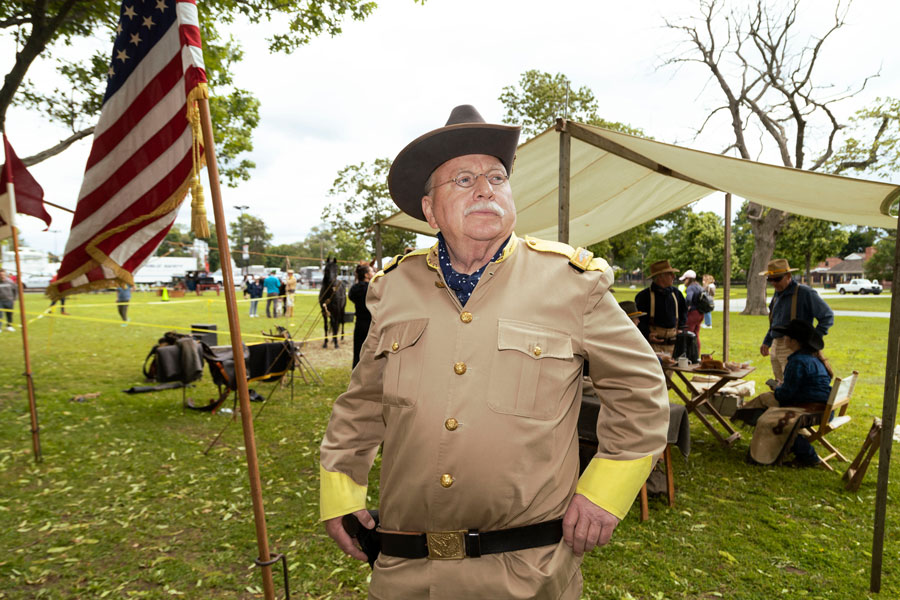History of Long Island

Long Island’s history stretches back thousands of years, shaped by Native American tribes, European settlers, colonial wars, the birth of the United States, and the rise of industry and wealth along its shores. This timeline explores the key eras that define the Island’s rich heritage – from the Montaukett people who first inhabited the land to the glittering Gold Coast mansions of the Gilded Age.
Native American Heritage (Pre-1600s)
- Montaukett, Shinnecock, and Matinecock Tribes: Long Island was originally home to Algonquian-speaking peoples who fished, farmed corn and squash, and built settlements across the Island.
- Wampum Trade: Shell beads crafted along the Island’s shores became a powerful currency in regional trade.
Colonial Settlement (1600s–1700s)
- Dutch and English Arrival: The Dutch West India Company established early claims in western Long Island, while English Puritans settled eastern communities like Southold and Southampton in the 1640s.
- Land Transactions: Controversial land purchases and treaties displaced Native tribes, with many forced into smaller reservations.
- Revolutionary War: Long Island was a strategic battleground – most notably in the Battle of Long Island (1776), the largest battle of the Revolution.
19th Century Growth (1800s)
- Maritime Economy: Whaling ports like Sag Harbor thrived, while oyster and clam harvesting became vital industries.
- Railroad Expansion: The Long Island Rail Road (LIRR), chartered in 1834, opened new markets and encouraged suburban development.
- Cultural Shifts: Artists and writers, including Walt Whitman of Huntington, began documenting Long Island life.
The Rise of the Gold Coast (1890s–1930s)
- Industrial Wealth: America’s richest families – including the Vanderbilts, Morgans, and Goulds – built massive estates along the North Shore.
- Architectural Grandeur: Lavish mansions inspired the fictional setting of F. Scott Fitzgerald’s The Great Gatsby.
- Gilded Age Lifestyle: The Gold Coast became synonymous with opulence, polo clubs, yacht harbors, and high society gatherings.
World War II and Beyond (1940s–1960s)
- Aviation Hub: Long Island played a critical role in aircraft production, with Grumman and Republic Aviation manufacturing fighter planes for the war effort.
- Suburban Boom: After WWII, Levittown (built 1947) became the prototype for postwar American suburbs.
Modern Long Island (1970s–Present)
- Diverse Communities: Long Island continues to evolve with vibrant immigrant communities adding to its cultural mix.
- Preservation & Tourism: Historic sites, state parks, vineyards, and coastal attractions draw millions of visitors each year.
- Economic Shifts: Once dominated by defense and aerospace, Long Island’s economy now includes healthcare, education, tech, and tourism.
From the Montaukett tribes and colonial battles to the wealth of the Gold Coast and the rise of modern suburbs, Long Island’s history reflects the story of America itself. Its past is still visible today – in preserved mansions, Native heritage sites, bustling railways, and diverse communities that continue to shape its future.

